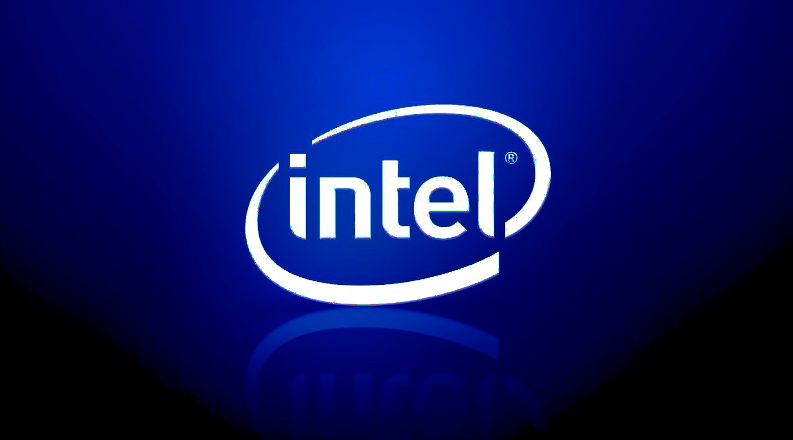Intel announced its second-quarter 2023 financial results on July 27, 2023. After losses in two quarters, we can now see green colours in the report. Intel was the clear-cut market leader in the processor space but now it looks like it is becoming history. The fall came from internal decisions made by a CEO who has departed. 
Intel has been unique in the industry not just because of being an early leader but because of its manufacturing capabilities. However, some parts in the products Intel built were curbed, this advantage was fairly offset by shortages in other components.
Intel’s second-quarter financial outcomes provide a powerful argument that the company is coming back with a strong hand. Let’s take a technical look at Intel’s recovery in the image.
'Our Q2 results exceeded the high end of our guidance as we continue to execute on our strategic priorities, including building momentum with our foundry business and delivering on our product and process roadmaps. We are also well-positioned to capitalize on the significant growth across the AI continuum by championing an open ecosystem and silicon solutions that optimize performance, cost and security to democratize AI from cloud to enterprise, edge and client.' Pat Gelsinger, Intel CEO
'Strong execution, including progress towards our $3 billion in cost savings in 2023, contributed to the upside in the quarter. We remain focused on operational efficiencies and our Smart capital strategy to support sustainable growth and financial discipline as we improve our margins and cash generation and drive shareholder value.' David Zinsner, Intel CFO
Intel’s Importance
Given the current tension in world politics, Intel’s current precedence is less as a microprocessor company than as a microprocessor manufacturer.
Most of the world’s microprocessor span is in Taiwan, which is nowadays at risk of being attacked and conquered by China. In a state of war, the ability to build advanced weapon systems will be directly tied to manufacturing capacity that would be lost in the early days of the dispute, either due to demolition or blockade. While other manufacturing capacity exists in different parts of the world, it wouldn't be sufficient to make up for what might be lost in Taiwan. A war of great magnitude like the one with China is likely to become, moving parts internationally would be tough. China has been aggressively buying and locking up some of these additional resources so that only domestic manufacturing capacity can provide what’s needed to execute that war successfully.
Intel does most of the heavy lifting in defending x86 from competing techs like ARM, though ARM’s latest moves make it less sensual than it was once. Intel also carries most of the burden for building and maintaining developer support for x86. If it will fail it will be tough for the x86 platform, which remains dominant in PCs, workstations, and servers.
Intel’s Competition
Intel has three primary competitors:
- AMD
- Nvidia
- Qualcomm
Both AMD and Nvidia have been at the top while Nvidia has replaced Intel as it leverages its GPU capabilities. Qualcomm with its own issues with customers (Apple) working to put it out of business as it lacks a true PC solution.
Nvidia is the biggest problem for Intel as AI is driving the market crazy right now, and Nvidia has the ownership of AI, which has driven the company to the utmost valuation. To counter this Intel needs a much more powerful position in AI & robotics. Intel’s recent financial results indicate that it may put up a fight going if they will be going forward.